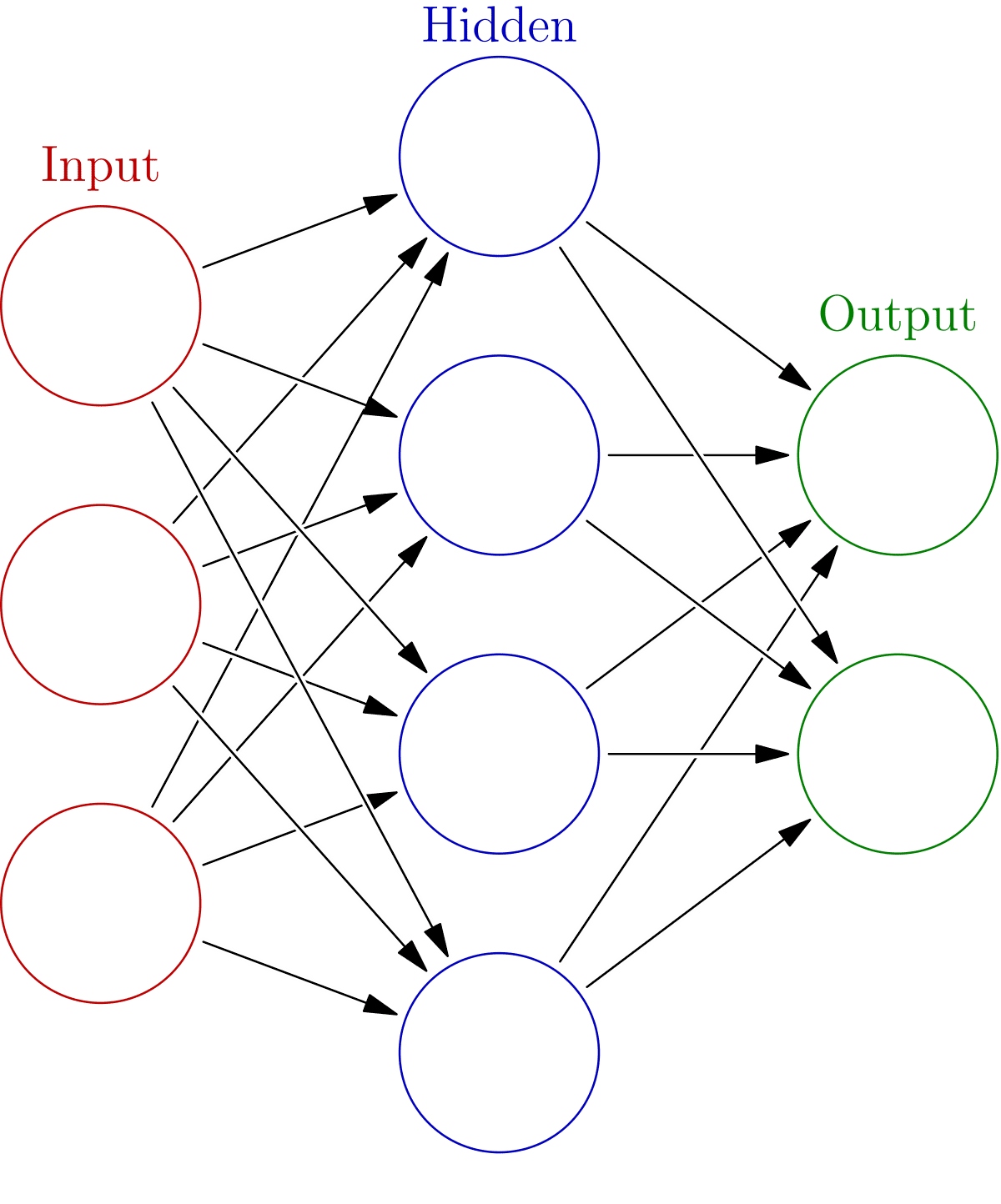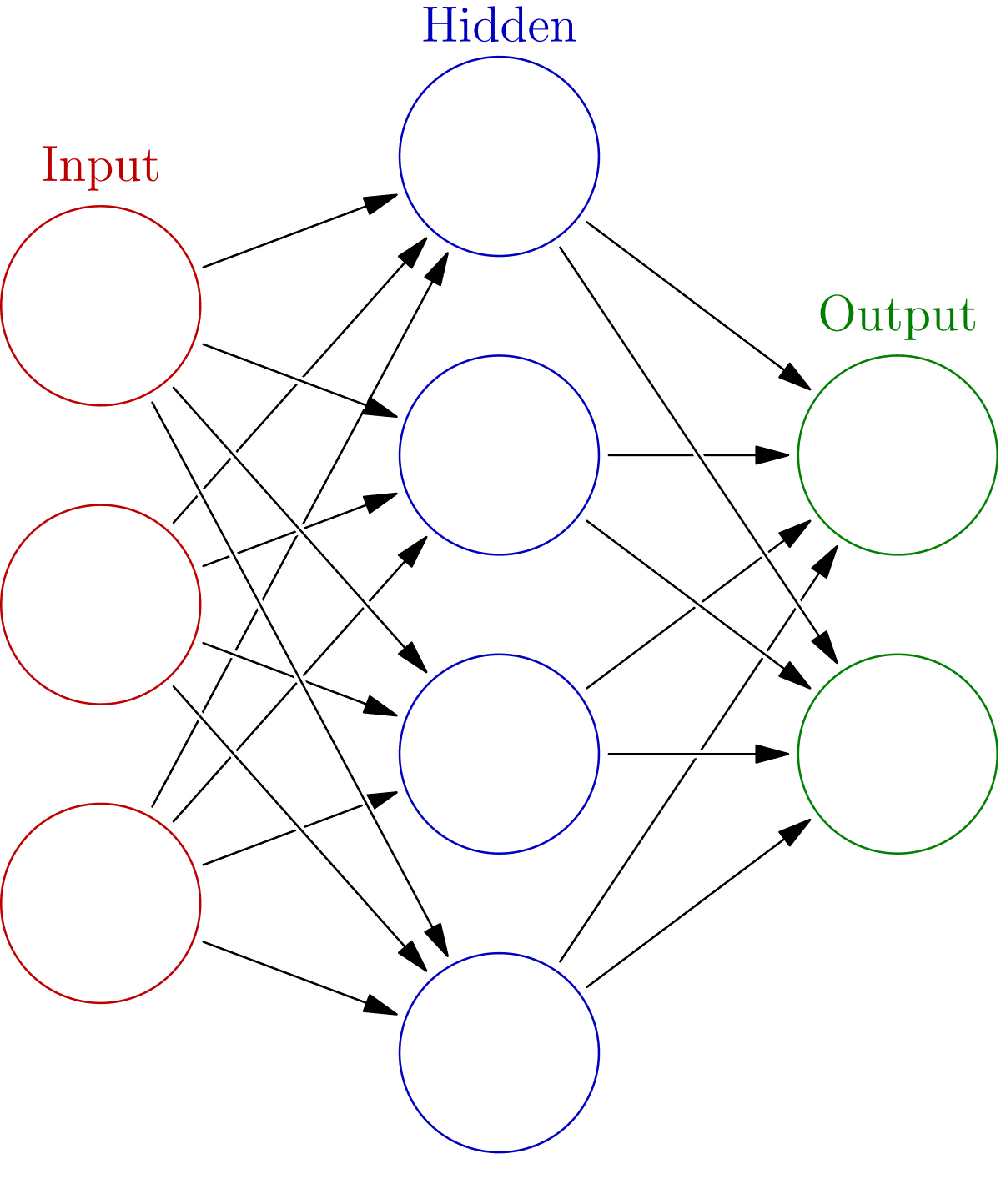Artificial neural networks are computational models inspired by the human brain, consisting of interconnected nodes that recognize patterns and make predictions. They operate through layers, adjusting weights during training to improve accuracy. Key components include neurons, layers, weights, and activation functions. Despite their advantages, challenges such as data quality and overfitting exist. Beginners can learn through online courses, books, and hands-on projects. Real-life applications include facial recognition and speech processing, while training involves data preparation, forward and backward propagation, and iterative adjustments.
Understanding Artificial Neural Networks
Artificial neural network is a computational model inspired by the way biological neural networks in the human brain process information. These networks consist of interconnected nodes or “neurons” that work together to solve complex problems. The primary goal of an artificial neural network is to recognize patterns and make predictions based on input data. They are widely used in various applications, including image recognition, natural language processing, and more.
How Artificial Neural Networks Work
Artificial neural networks operate through a series of interconnected layers: the input layer, one or more hidden layers, and the output layer. Each layer consists of nodes that perform computations on the incoming data. Initially, the input data is processed in the input layer, where each node receives a specific feature of the data. This information is then passed to the hidden layers, where the real magic happens.
Each node in the hidden layers applies a mathematical function to the data, adjusting weights based on previous errors to improve accuracy. This process is known as training, where the network learns from data by adjusting its internal parameters. Finally, the processed information reaches the output layer, where the network provides its prediction or classification.
Components of Artificial Neural Networks
Understanding the components of artificial neural networks is crucial for grasping their functionality. Here are the essential parts that make up these networks:
- Neurons: The basic unit of computation, analogous to biological neurons, which process and transmit information.
- Layers: Networks typically consist of an input layer, hidden layers, and an output layer, each serving a specific purpose in processing data.
- Weights: Parameters adjusted during training that determine the strength of the connections between neurons.
- Activation Functions: Mathematical functions that introduce non-linearity into the network, allowing it to learn complex patterns.
- Learning Rate: A hyperparameter that controls how much the weights are adjusted during training.
These components work together seamlessly to enable artificial neural networks to learn from data, making them a powerful tool in the realm of artificial intelligence.
Applications of Artificial Neural Networks
Artificial neural networks have revolutionized various fields by providing innovative solutions to complex problems. Their applications are vast and impactful, making them a significant part of modern technology. Here are some notable uses:
- Image Recognition: From facial recognition on smartphones to identifying objects in photos, artificial neural networks excel in analyzing visual data.
- Natural Language Processing: These networks help in understanding and generating human language, enabling chatbots and virtual assistants to interact more naturally.
- Healthcare: In medical diagnostics, they assist in analyzing medical images, predicting diseases, and personalizing treatment plans.
- Finance: Neural networks are used for fraud detection, credit scoring, and algorithmic trading, enhancing decision-making processes.
- Autonomous Vehicles: They play a critical role in processing data from sensors, allowing vehicles to navigate and make real-time decisions.
These applications demonstrate how artificial neural networks not only enhance efficiency but also contribute to advancements across different sectors, showcasing their significance in today’s technology landscape.
Comparing Artificial Neurons to Biological Neurons
Understanding the differences and similarities between artificial neurons and biological neurons can provide insight into how artificial neural networks function. Here’s a breakdown:
- Structure: Biological neurons have a complex structure with dendrites, axons, and synapses. In contrast, artificial neurons are simplified mathematical models that replicate basic functions.
- Signal Transmission: Biological neurons transmit signals via electrical impulses and chemical neurotransmitters, while artificial neurons use numerical values to process information.
- Learning: Biological neurons adapt through experiences and synaptic changes. Artificial neurons learn through algorithms that adjust weights based on input data.
- Functionality: Biological neurons contribute to a wide range of cognitive functions, whereas artificial neurons are designed for specific tasks like classification or regression.
While both types of neurons serve the purpose of processing information, the mechanisms and complexities involved differ significantly. This comparison highlights how artificial neural networks attempt to mimic biological processes to achieve their objectives.
Advantages of Using Artificial Neural Networks
The adoption of artificial neural networks offers numerous advantages that make them a preferred choice in various applications. Here are some key benefits:
- High Accuracy: They can achieve impressive accuracy rates in tasks such as image and speech recognition, outperforming traditional methods.
- Flexibility: Neural networks can adapt to different types of data and problems, making them versatile tools for various industries.
- Automation: By automating complex processes, they save time and resources, allowing for more efficient workflows.
- Capability to Learn: Unlike rule-based systems, artificial neural networks improve over time as they process more data, enhancing their performance.
- Handling Non-linearity: Their ability to model non-linear relationships enables them to tackle intricate problems that linear models cannot address.
These advantages position artificial neural networks as powerful tools in the realm of artificial intelligence, paving the way for innovative solutions and advancements across various sectors.
Challenges Faced by Artificial Neural Networks
While artificial neural networks offer significant advantages, they also face several challenges that can limit their effectiveness. Here are some common obstacles:
- Data Quality: The performance of neural networks heavily depends on the quality of the training data. Poor or biased data can lead to inaccurate predictions.
- Overfitting: This occurs when a model learns the training data too well, including its noise and outliers. As a result, it performs poorly on unseen data.
- Computational Resources: Training complex neural networks requires substantial computational power and memory, which can be a barrier for smaller organizations.
- Interpretability: Understanding how neural networks make decisions can be challenging, leading to a lack of trust in their predictions, especially in critical applications like healthcare.
- Hyperparameter Tuning: Finding the right combination of hyperparameters is often a trial-and-error process, requiring expertise and time.
Addressing these challenges is crucial for maximizing the potential of artificial neural networks in various applications.
Getting Started with Artificial Neural Networks
For those interested in learning about artificial neural networks, there are several effective ways to start. Here are some steps to guide beginners:
- Online Courses: Platforms like Coursera and Udacity offer specialized courses in machine learning and neural networks, providing structured learning paths.
- Books: Reading foundational books such as “Deep Learning” by Ian Goodfellow can help build a strong theoretical base.
- Practice Projects: Engaging in hands-on projects, like building a simple neural network using Python libraries (e.g., TensorFlow or PyTorch), reinforces learning through practical experience.
- Join Communities: Participating in online forums and communities, such as Stack Overflow or specialized Discord channels, can provide support and insights from experienced practitioners.
- Follow Research: Keeping up with the latest research papers and developments in the field will enhance understanding and inspire new ideas.
Starting with these resources can help anyone gain a solid understanding of artificial neural networks and their applications.
Real-life Examples of Artificial Neural Networks
Seeing artificial neural networks in action can deepen understanding of their capabilities. Here are some relatable examples:
- Facial Recognition: Social media platforms use neural networks for tagging friends in photos by recognizing faces.
- Speech Recognition: Virtual assistants like Siri and Google Assistant leverage neural networks to understand and respond to voice commands.
- Recommendation Systems: Streaming services like Netflix and Spotify utilize these networks to suggest content based on user preferences and behaviors.
- Autonomous Drones: Drones use neural networks for navigation and obstacle avoidance, enhancing their ability to operate in complex environments.
- Medical Diagnosis: AI systems analyze medical images to assist doctors in diagnosing conditions, improving accuracy and efficiency in healthcare.
These examples illustrate how artificial neural networks are transforming industries and enhancing everyday experiences.
Training an Artificial Neural Network
Training an artificial neural network involves several key steps that ensure the model learns effectively from data. Here’s a brief overview of the training process:
- Data Preparation: Clean and preprocess the data to ensure it’s suitable for training. This may involve normalization or augmentation to enhance the dataset.
- Forward Propagation: Input data is passed through the network, layer by layer, to generate predictions.
- Loss Calculation: The difference between the predicted output and the actual target is calculated using a loss function, quantifying the model’s error.
- Backward Propagation: The network adjusts weights based on the calculated loss, using optimization algorithms like gradient descent to minimize errors.
- Iteration: This process is repeated for multiple epochs, allowing the model to improve gradually as it learns from the data.
Training is a critical phase that determines the effectiveness of an artificial neural network. Properly trained networks can significantly enhance decision-making and predictive capabilities in various applications.





